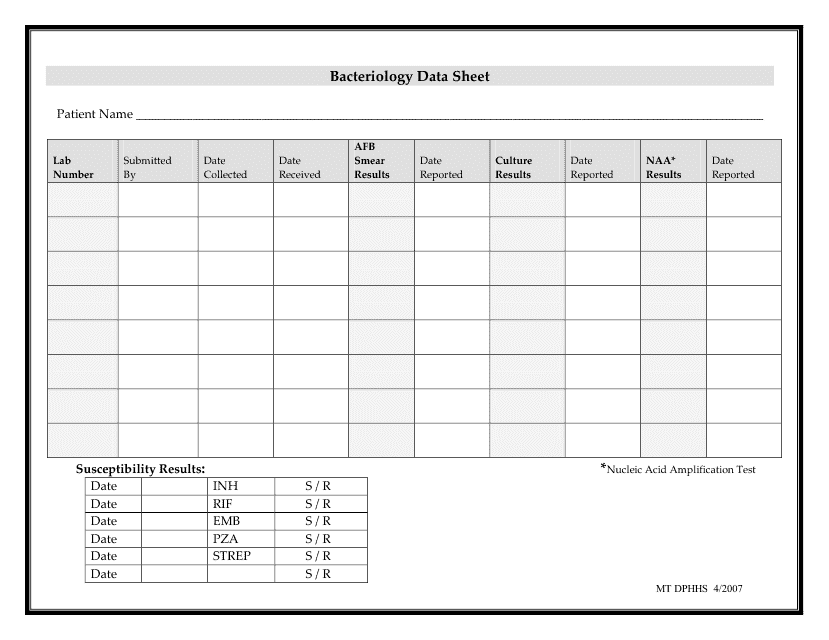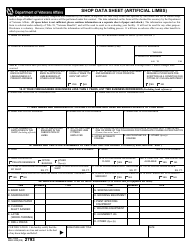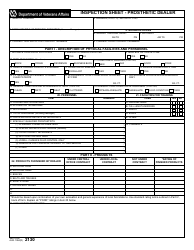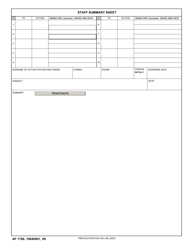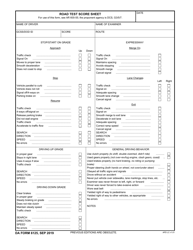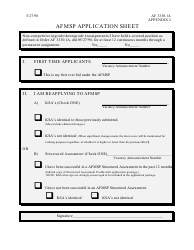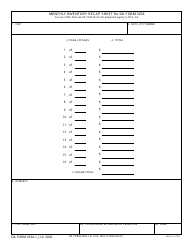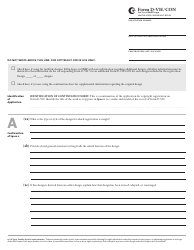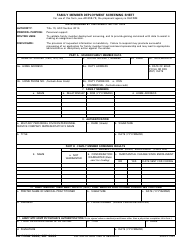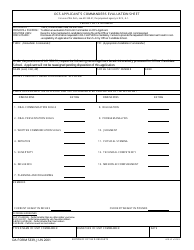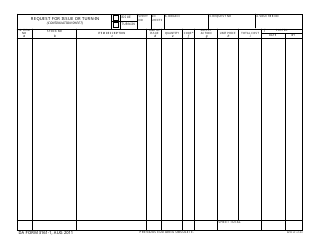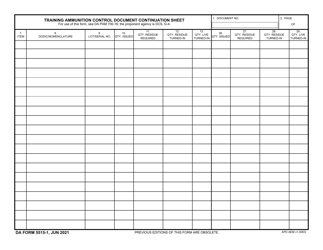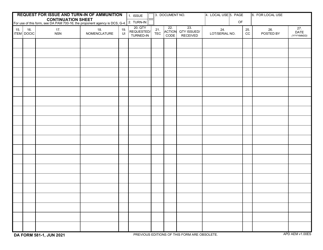Bacteriology Data Sheet - Montana
Bacteriology Data Sheet is a legal document that was released by the Montana Department of Public Health and Human Services - a government authority operating within Montana.
FAQ
Q: What is bacteriology?
A: Bacteriology is the study of bacteria.
Q: What type of information is included in a bacteriology data sheet?
A: A bacteriology data sheet includes information about bacteria, such as their characteristics and importance.
Q: Why is bacteriology important?
A: Bacteriology is important for understanding and controlling infectious diseases caused by bacteria.
Q: What are some examples of bacteria studied in bacteriology?
A: Examples of bacteria studied in bacteriology include Escherichia coli, Staphylococcus aureus, and Bacillus anthracis.
Q: What are some methods used in bacteriology?
A: Methods used in bacteriology include culturing bacteria, microscopy, and molecular techniques.
Q: How does bacteriology contribute to public health?
A: Bacteriology helps in the diagnosis, treatment, and prevention of bacterial infections.
Q: What are some common bacterial infections?
A: Common bacterial infections include urinary tract infections, pneumonia, and food poisoning.
Q: How can bacteria be transmitted?
A: Bacteria can be transmitted through person-to-person contact, contaminated food or water, or insect bites.
Q: How can we prevent bacterial infections?
A: Washing hands frequently, practicing safe food handling, and getting vaccinated can help prevent bacterial infections.
Q: What is antibiotic resistance?
A: Antibiotic resistance is when bacteria develop the ability to survive exposure to antibiotics and can no longer be killed by them.
Q: What is the role of bacteriology in antibiotic resistance?
A: Bacteriology helps in understanding the mechanisms of antibiotic resistance and developing strategies to combat it.
Form Details:
- Released on April 1, 2007;
- The latest edition currently provided by the Montana Department of Public Health and Human Services;
- Ready to use and print;
- Easy to customize;
- Compatible with most PDF-viewing applications;
- Fill out the form in our online filing application.
Download a printable version of the form by clicking the link below or browse more documents and templates provided by the Montana Department of Public Health and Human Services.
